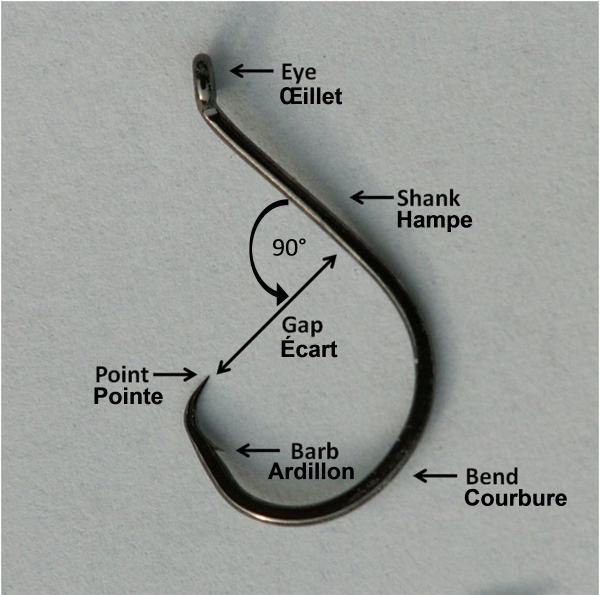Recreational Fisheries Notice
Fisheries and Oceans Canada
Gulf Region
Shark Recreational Fishing Plan – Southern Gulf of St. Lawrence (Division 4T)
This fishing plan applies to all licence holders recreationally fishing unspecified shark in the Southern Gulf of St. Lawrence (NAFO division 4T). Please note that this fishing plan is subject to change following ministerial decisions or annual review.
The conservation measures during the fishery are as follows:
Fishing Area
NAFO Division 4T
Fishing Season
September 1 to September 30 (from sunrise to sunset)
Fishing Quota
0 retention (mandatory catch and release)
Fishing Gear
Only rods and reels are allowed on board a vessel during fishing activities. Rod strength rating must not exceed 30 pounds (133 newtons). Fishing rods with a higher strength rating must not be on board the vessel during fishing activities.
A maximum of 4 rods and 4 reels/spools are allowed on board during fishing activities.
Maximum of one (1) hook per line is allowed during fishing activities.
Fishing Restrictions
The use of fishing kites or fishing balloons is prohibited.
The monofilament lines on the reels must not exceed 1 mm of diameter.
The monofilament or cable leader must not exceed 3.6 metres (12 feet) in length. Leaders can exceed 1 mm in diameter.
A full circle hook must be used. See Appendix A for a photo of a circle hook.
Fishing Monitoring Document
It is a mandatory license requirement to complete the recreational shark fishing monitoring document for each fishing trip.
The monitoring document is included with the license and is to be returned to Fisheries and Oceans Canada before or on October 31.
If a license holder fails to return a completed Recreational Shark Fishing Monitoring Document to Fisheries and Oceans Canada, the issuance of a license may be withheld the following year.
The recreational shark fishing monitoring document is to be mailed or faxed to:
Fisheries and Oceans Canada
Recreational Shark Monitoring Program
P.O. Box 1006
BIO, Dartmouth (NS) B2Y 4A2
Attention: Warren Joyce
Fax: (902) 426-1506
By-catch of Tuna
If there are multiple cases where tunas are intercepted during the shark recreational fishery, this fishery may be closed for the remainder of the season.
Species at Risk Act (SARA)
Pursuant to the Species at Risk Act (SARA), no person shall kill, harm, harass, capture, take, possess, collect, buy, sell or trade an individual or any part or derivative of a wildlife species listed as extirpated, endangered or threatened.
At the time this management plan is promulgated, the Atlantic species targeted by these measures are the following ones: Spotted Wolffish (threatened), Northern Wolffish (threatened), Leatherback Turtle (endangered) and White Shark (endangered). New species could be added to the SARA within the year.
The persons must ensure that, while fishing activities are conducted, every person on board the vessel who incidentally catches any of the species listed above, immediately return it to the water and release it in the exact capture location, whether the specimen is dead or alive. If the individual is still alive, it must be returned to the water in a manner that causes it the least harm possible. Information related to species at risk shall be collected for each fishing trip and recorded in a logbook. The logbook must be returned no later than 7 calendar days after the closure of the fishing season, even if there was no interaction with a species at risk, to the following address:
Fisheries and Oceans Canada, Statistics Division
P.O. Box 5030
Moncton, New Brunswick
E1C 9B6
Fishing License
A licence is required for this fishery. To obtain a licence, a request has to be made using the National Online Licensing System. If you require assistance, please call toll-free 1-877-535-7307 or send an email to fishing-peche@dfo-mpo.gc.ca.
Appendix A
Anatomy of a circle hook

This is a photo of a circle hook to be used when fishing for any shark species in Division 4T waters. One of the particularities of the circle hook is that the point of the hook is perpendicular to its shank.